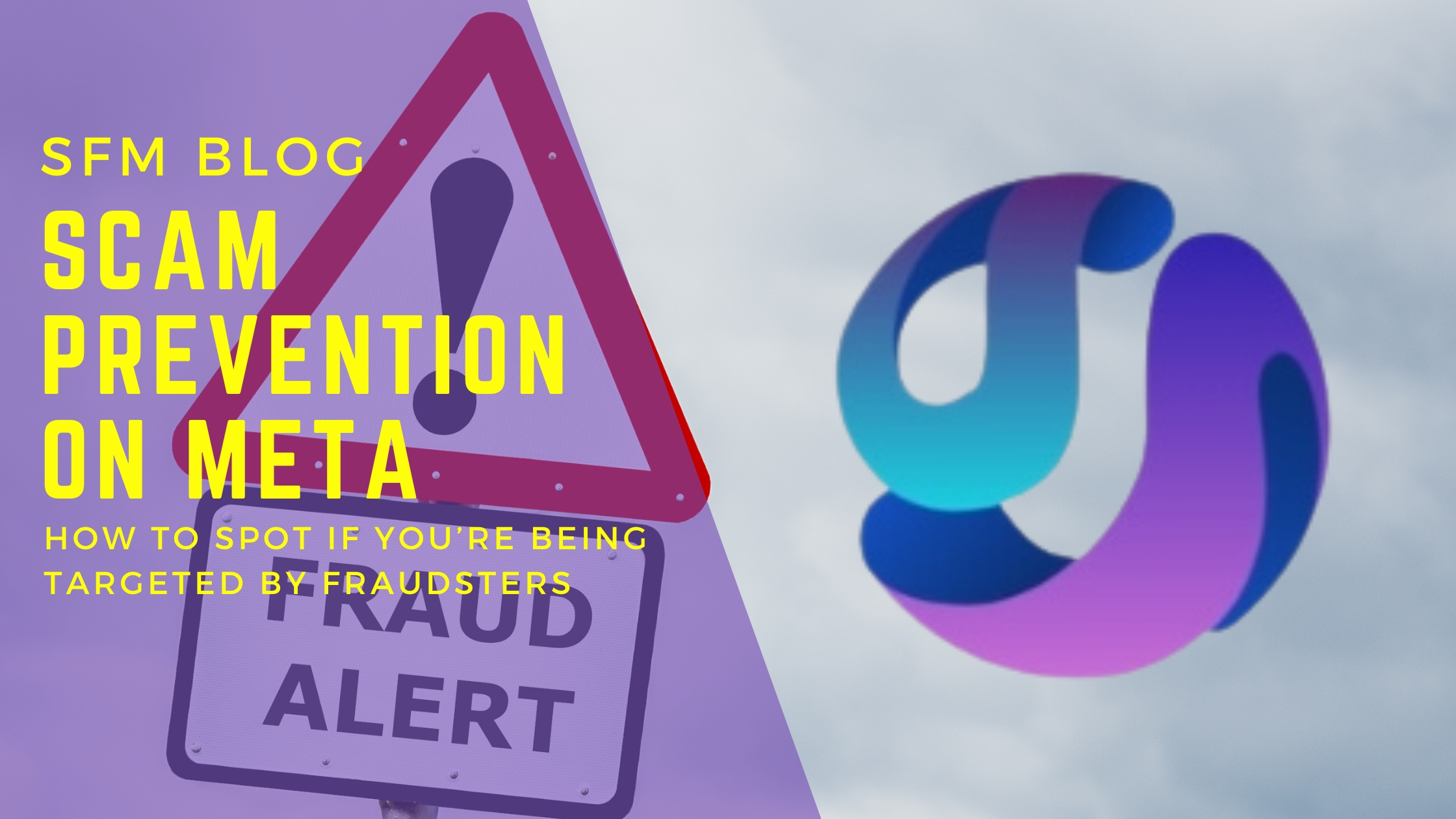Scam Prevention On Meta

Beware of Fake Messages from Facebook Meta: How to Spot Them and Why You Shouldn’t Click
In today’s digital landscape, social media platforms like Facebook and Instagram are integral to business marketing strategies. However, with the rise in online advertising, cybercriminals have found new ways to exploit these platforms, particularly through fake messages that appear to be from Facebook Meta. These messages often target businesses, claiming to offer urgent updates, account verifications, or advertising opportunities. Clicking on these messages can lead to devastating consequences, including account theft, financial loss, and reputational damage.
Here’s what to look for and why you should avoid clicking on these fake messages.
1. Suspicious Email Addresses or URLs
- Red Flags: Fake messages often come from email addresses or URLs that look similar to official Facebook Meta addresses but are slightly off. For example, instead of an email from
@facebook.com, you might see something like@facebo0k-secure.com. - What to Do: Always check the sender’s email address and hover over any links to see where they actually lead. If anything seems off, do not click.
2. Urgent or Threatening Language
- Red Flags: Scammers frequently use urgent language to create a sense of panic, such as “Your account will be suspended,” or “Action required immediately to avoid penalties.”
- What to Do: Facebook Meta usually communicates account issues calmly and provides time to respond. Be wary of any message that tries to rush you into action.
3. Unsolicited Requests for Personal or Financial Information
- Red Flags: Any message asking for sensitive information like passwords, credit card details, or other personal data should be treated with extreme suspicion.
- What to Do: Facebook Meta will never ask for your password or other sensitive information via email or direct message. If you receive such a request, report it immediately.
4. Poor Grammar and Spelling Errors
- Red Flags: Professional companies like Facebook Meta maintain a high standard of communication. Emails with poor grammar, awkward phrasing, or spelling mistakes are likely fraudulent.
- What to Do: If a message looks unprofessional, it’s probably fake. Always scrutinize the quality of the writing before taking any action.
5. Unexpected Attachments or Links
- Red Flags: Fake messages often include attachments or links that claim to contain important information. These can be dangerous and may install malware on your device.
- What to Do: Never download attachments or click on links from unexpected or suspicious messages. Instead, log into your Facebook Business account directly through the official website to check for any notifications.
Why You Shouldn’t Click on Fake Messages
1. Account Compromise
Clicking on a fake message can lead to your business account being compromised. Cybercriminals can steal your login credentials, lock you out of your account, and use it to scam your customers or launch further attacks.
2. Financial Loss
Many fake messages are designed to steal your financial information or trick you into making payments to fraudulent accounts. This can result in significant financial loss for your business.
3. Malware Installation
Some fake messages contain links or attachments that install malware on your device. This malware can track your keystrokes, steal your data, or even take control of your computer, leading to long-term security issues.
4. Damage to Reputation
If your business account is hacked, it can damage your reputation with customers and followers. They may receive spam or scam messages from your account, leading to a loss of trust in your brand.
5. Legal and Compliance Risks
Businesses are required to protect customer data. If a cyberattack through a fake message leads to a data breach, your business could face legal action, fines, and other compliance-related consequences.
How to Protect Your Business
- Enable Two-Factor Authentication (2FA): Ensure that 2FA is enabled on your business accounts to add an extra layer of security.
- Regularly Update Passwords: Use strong, unique passwords for your social media accounts and update them regularly.
- Educate Your Team: Make sure everyone
in your business is aware of the risks associated with fake messages and knows how to identify them. Regular training on cybersecurity best practices can prevent costly mistakes.
- Monitor Account Activity: Keep a close eye on your account activity. If you notice any unusual activity, such as posts you didn’t make or new admins added without your consent, take action immediately.
- Report Suspicious Messages: If you receive a message that you suspect is fake, report it to Facebook Meta directly through the platform. This helps protect not only your business but also the broader community.
- Use Official Channels for Communication: Always communicate with Facebook Meta through their official website or app. Avoid clicking on links in emails or messages unless you are certain of their authenticity.
In the fast-paced world of digital marketing, it’s crucial to stay vigilant against cyber threats. Fake messages from Facebook Meta are a growing concern, particularly for businesses that rely on social media advertising. By recognizing the signs of a fake message and understanding the risks associated with clicking on them, you can protect your business from potential harm. Remember, when in doubt, it’s always safer to log in directly through official channels rather than clicking on a suspicious link. Taking these precautions will help safeguard your business’s digital presence and maintain the trust of your customers.
Contact us today to discuss how our facebook ads leads generation services can boost your business visibility and sales today
